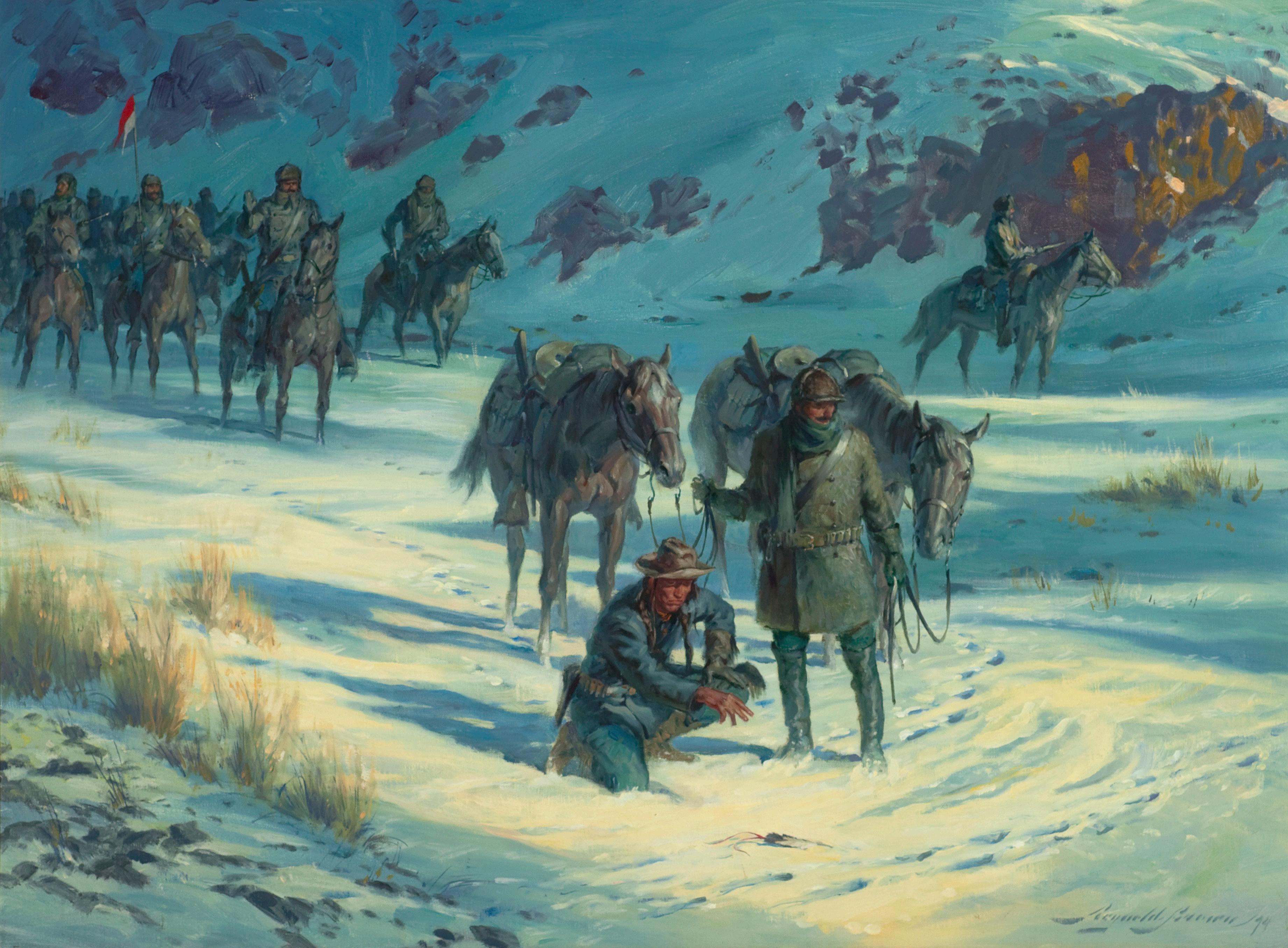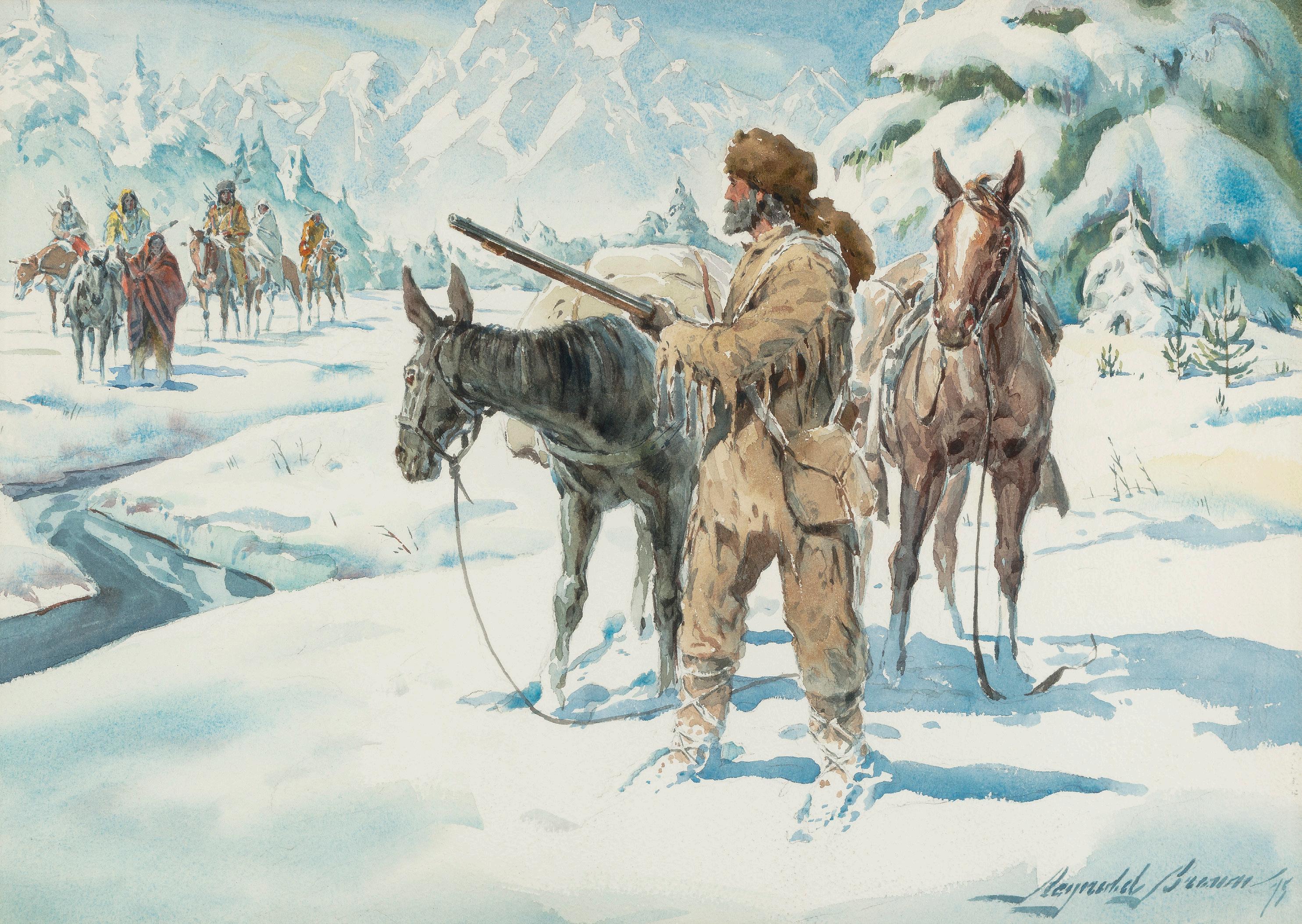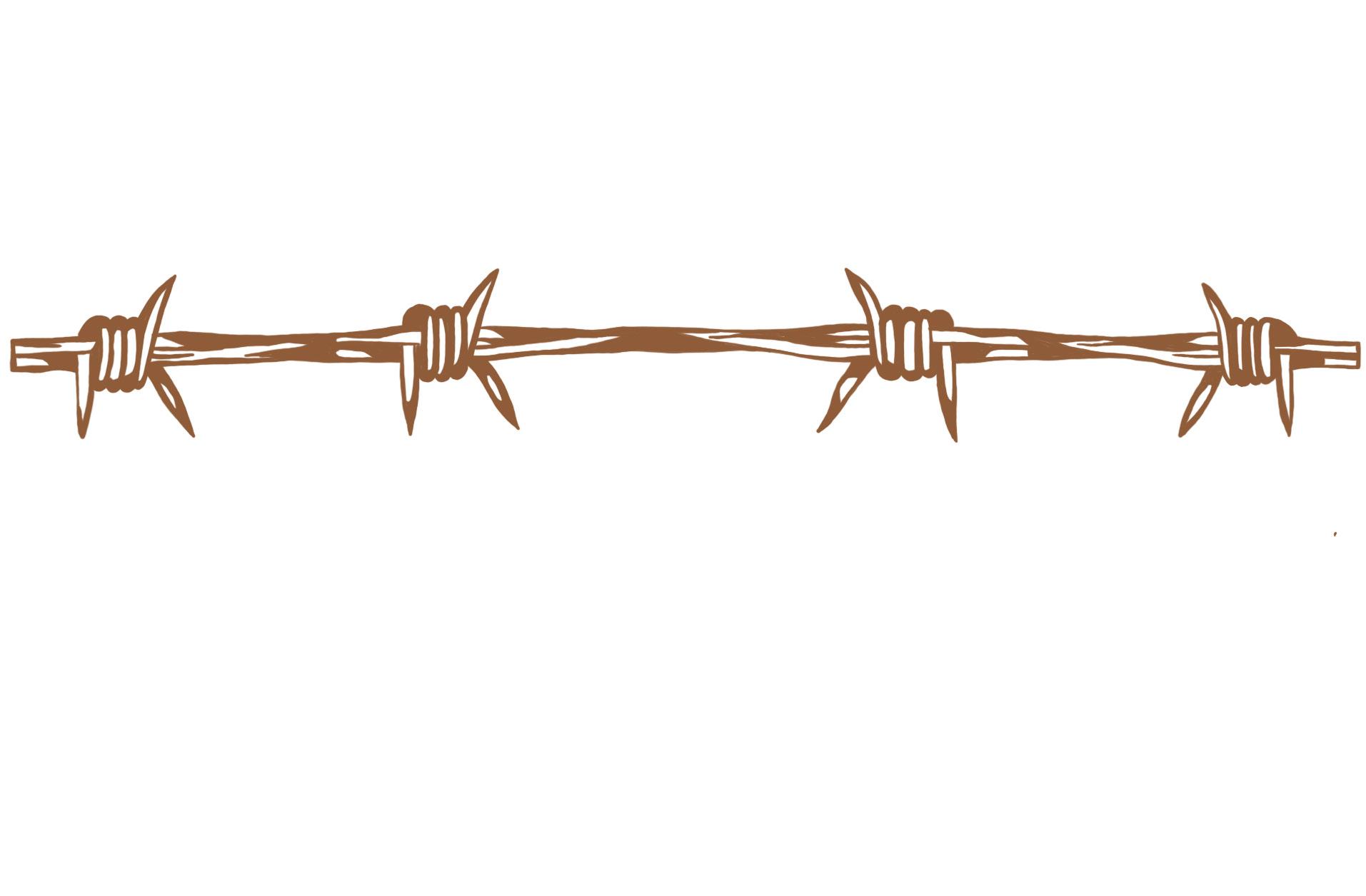
2 minute read
Reynold Brown
1917 - 1991
The son of a railroad engineer, William Reynold Brown was born and raised in Los Angeles, California. Reynold drew constantly as a child, often drawing World War I airplanes and battle scenes. An introduction to Tailspin Tommy cartoonist, Hal Forest, by his high school art teacher led to a job with Forest inking the cartoon strip and eventually to illustrating much of the strip.
Later Brown was introduced to Norman Rockwell, probably by Rockwell’s wife who was a schoolteacher in Brown’s hometown. Brown did some background work for Rockwell and reportedly Rockwell advised him to forego cartoon art if he wanted to pursue a career as an illustrator. At age 20 Brown was awarded a scholarship to the Otis Art Institute in Los Angeles, today known as the Otis College of Art and Design, but after a year he was forced to drop his studies in order to support his mother and two sisters when his father was diagnosed with lung cancer.
During World War II Brown worked for five years for North American Aviation as a technical artist and is credited with drawing the first cut-away illustrations of war planes. Following the War he moved to New York to work as a free-lance illustrator for Signet and Bantam paperback book covers, and covers and articles for magazines such as Argosy, Popular Science, Saturday Evening Post, Boys' Life, Outdoor Life, and Popular Aviation.
In his early thirties Brown moved back to California where he taught at the Art Center College of Design. While teaching at the Art Center, his work shown at a faculty art exhibition caught the attention of the art director at Universal Pictures, who offered Brown a job. For the next 20 years Reynold Brown supported his wife and eight children illustrating more than 300 movie posters, among them Ben-Hur, The Creature from the Black Lagoon, Spartacus, I Was a Teenage Werewolf, How the West Was Won, The Alamo, Cat on a Hot Tin Roof, and Mutiny on the Bounty.
By the time Reynold Brown was in his early fifties he had become disenchanted with Hollywood and the direction movies were taking and he left his highly successful career as a movie poster illustrator to pursue fine art in the Western genre. He enjoyed success as a fine artist almost immediately, but unfortunately several years later he suffered a stroke that left him paralyzed on his left side, his dominate side. Amazingly, Brown taught himself to paint and draw with his right hand, and a few years later he moved to western Nebraska where he found inspiration in the western landscapes. Reynold Brown continued to paint for the rest of his life, leaving an unfinished painting on his easel the day he died.
In 1994 a full-length documentary on Reynold Brown’s life titled The Man Who Drew Bug-Eyed Monsters was released. And, in 2009 Reynold Brown: A Life in Pictures by Daniel Zimmer, a monograph of Brown’s work, was published, followed by a new expanded edition in 2017.
INDIAN SCOUT FOR THE 7TH CAVALRY Oil on Canvas 1994 22 x 30 ¼ inches

INDIANS APPROACHING TRAPPER IN JACKSON HOLE Watercolor on Paper 2015 14 x 20 inches











